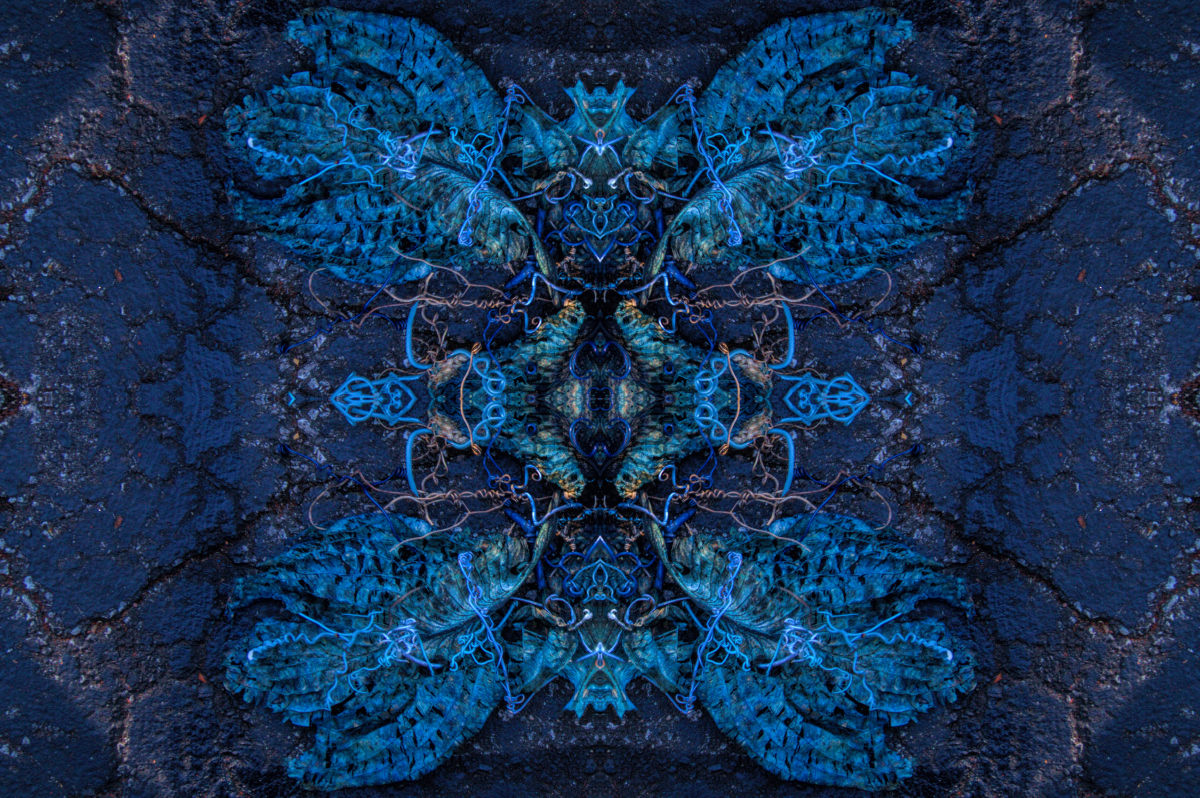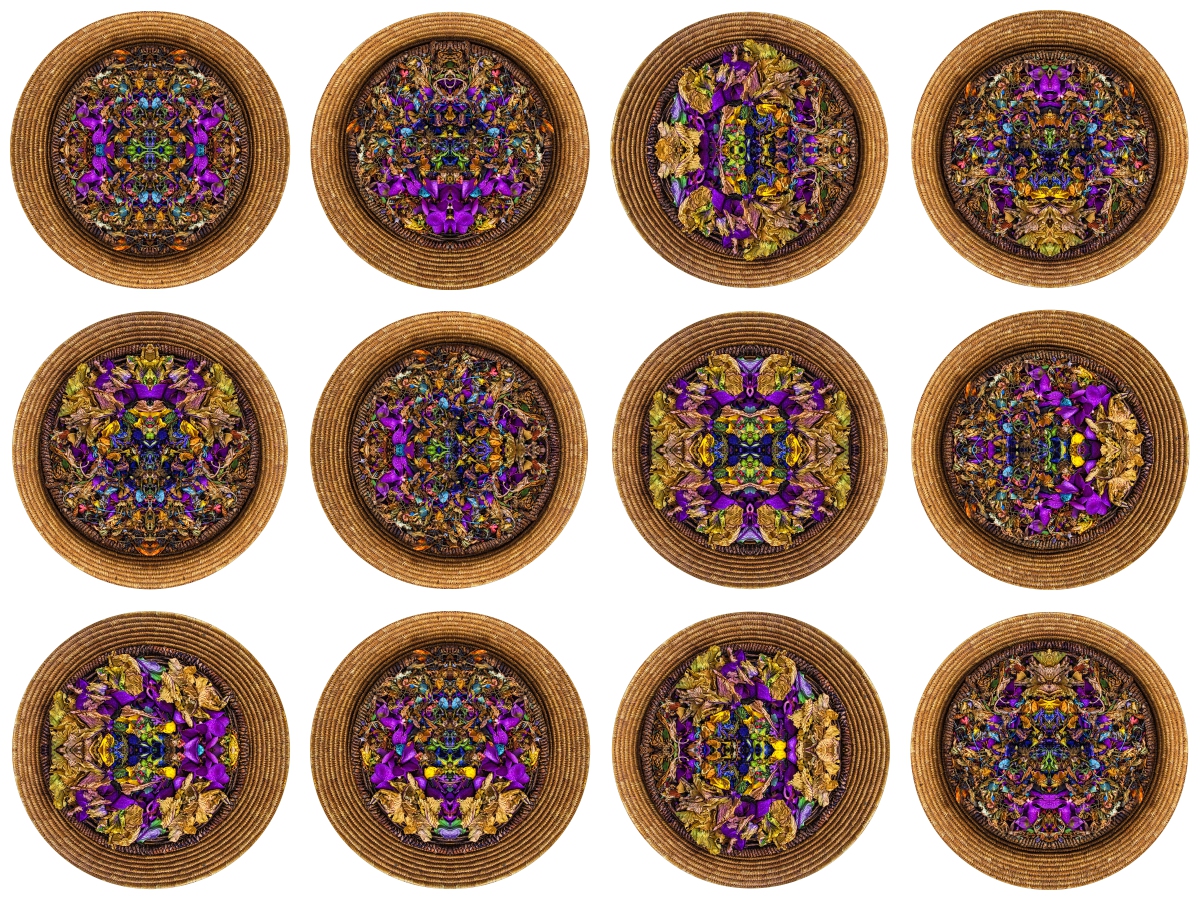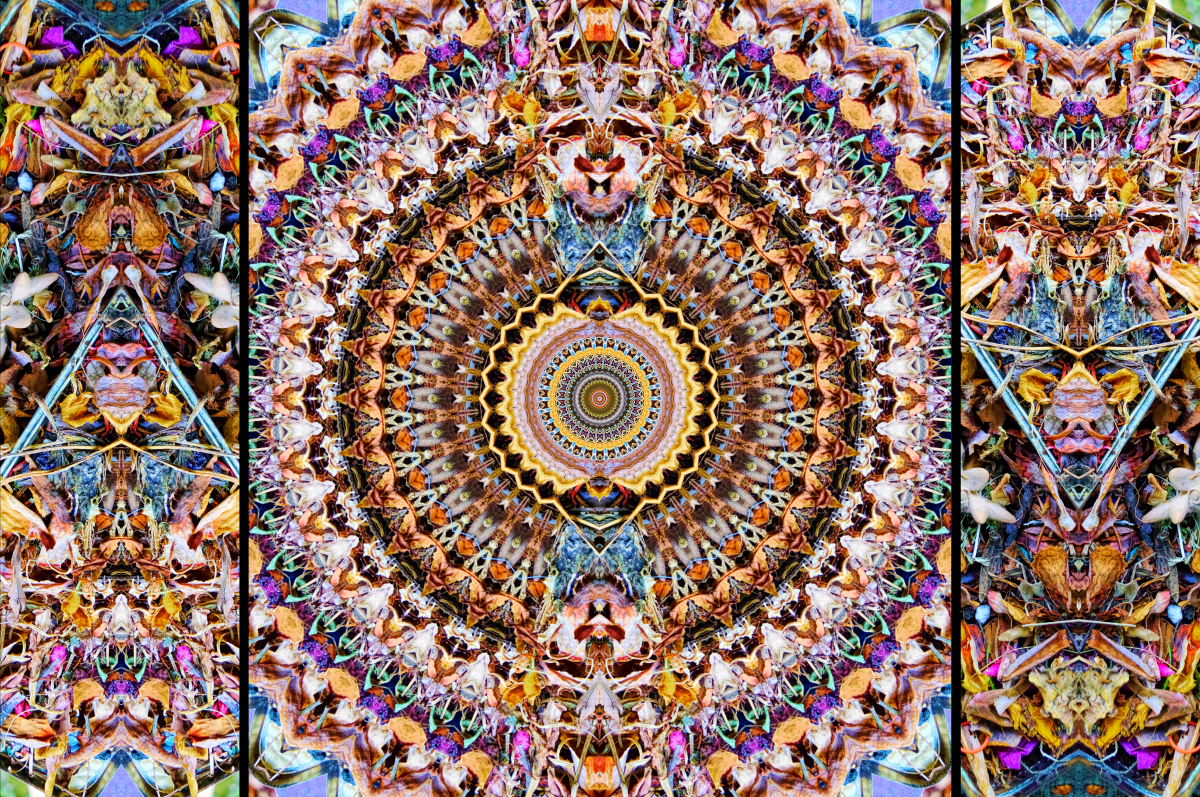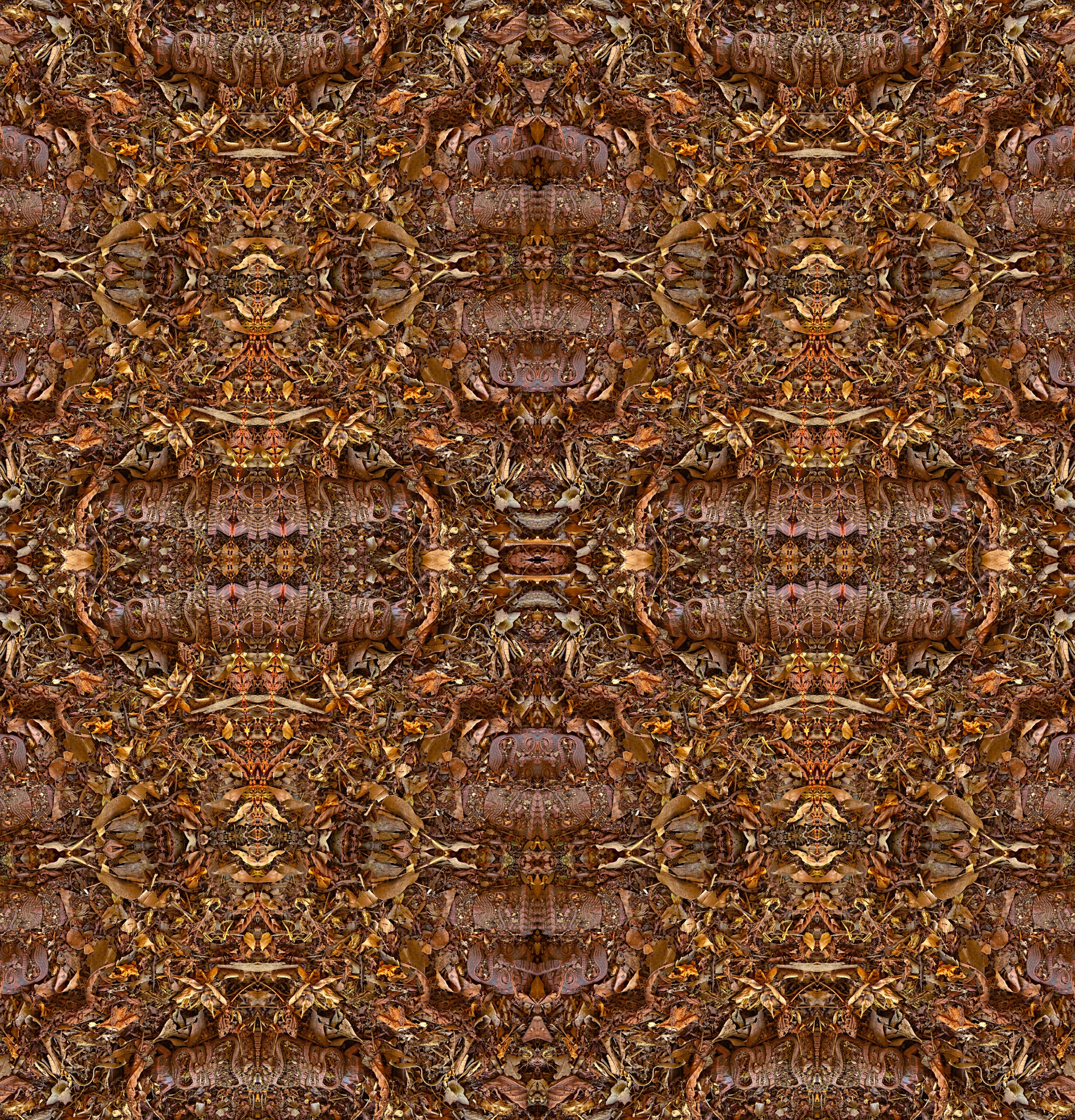Renee Cox – The Goddess from The Bholdr on Vimeo.
article via hyperallergic: Renee Cox
we have best quality visit site at cheap price.
Renee Cox – The Goddess from The Bholdr on Vimeo.
article via hyperallergic: Renee Cox
Filed under art, artists, creative captures
Blake’s reliance on contraries was his solution to incorporating information which appears to contradict accepted information. The solution is not to discard either contrary, but to discard the requirement that contraries agree. excerpt/source: Contraries – Larry Clayton · Hornsramd blog
Juicy essay concerned with William Blake’s outlook. LC’s William Blake Religion & Philosophy is an essential resource and portal to other Blake resources.
Grow an ecosystem:The Mygdal Plant Lamps is both a light and a plant
Filed under creative captures, philosophy, Religion
(This never gets old.)
Precise Metallic Replicas of Ancient Fossils and Cells by Allan Drummond – via colossal
Quantum Poetics – Samuel Matlack – via The New Atlantis
Life is a virtual multiplicity, not of things and agents but contemplations and contractions, events and responses. This means there is not a world (actual) that is then represented in images (virtual) by the privileged mind of man (the subject). Life is just this actual-virtual interaction of imaging: each flow of life becomes other in response to what it is not. The anticipation goes beyond what is actual, but also produces a new actual. The image is neither actual nor virtual but the interval that brings actuality out of the virtual. —Claire Colebrook
Filed under 2018 Discoveries, art, artists, cultural contradictions
excerpt 1:Very few species, however, have made the leap from merely social to eusocial, “eu-” meaning true. To qualify as eusocial, in Wilson’s definition, animals must live in multigenerational communities, practice division of labor and behave altruistically, ready to sacrifice “at least some of their personal interests to that of the group.” It’s tough to be a eusocialist. Wouldn’t you rather just grab, gulp and go? Yet the payoffs of sustained cooperation can be huge.
excerpt 2: Our hypersocial spirit is both a great blessing and a terrible curse. Experiments have shown that it is shockingly easy to elicit a sense of solidarity among a group of strangers. Just tell them they’ll be working together as a team, and they immediately start working together as a team, all the while attributing to each other a host of positive qualities like trustworthiness and competence—an instant five-star customer review.
Yet we are equally prepared to do battle against those who fall outside the fraternal frame. In experiments where psychologists divided people into groups of arbitrarily assigned traits—labeling one set the Blue team and another the Green, for example—the groups started sniping at each other and expressing strong prejudices toward their “opponents,” with the Greens insisting the Blues were untrustworthy and unfair. The “drive to form and take deep pleasure from in-group membership easily translates at a higher level into tribalism,” Wilson says, and can spark religious, ethnic and political conflicts of breathtaking brutality.
Wilson also traces what he considers the tragedy of the human condition to the private struggle of us versus me. He sees us as a kind of mixed economy, the complicated fruit of a sharply disputed process known as multilevel selection. By this reckoning, some of our impulses are the result of individual selection, the competition of you against everybody else for a share of life’s goodies. Other traits are under the sway of group selection, prompting us to behave altruistically for the sake of the team. It appears our individually selected traits are older and more primal, harder to constrain, the ones we traditionally label vices: greed, sloth and lust, the way we covet our neighbor’s life and paper over our failings with pride. Our eusocial inclinations are evolutionarily newer and more fragile and must be vociferously promoted by the group if the group is to survive. They are the stuff of religions and Ben Franklin homilies and represent the virtues we admire: to be generous, kind and levelheaded, to control our impulses, keep our promises and rise to the occasion even when we are scared or disheartened. “The human condition is an endemic turmoil rooted in the evolution processes that created us,” he writes. “The worst in our nature coexists with the best, and so it will ever be.”
E.O.Wilson’s New Take On Human Nature
Isn’t it rich?
Are we a pair?
Me here at last on the ground,
And you in mid-air.
Send in the clowns.Isn’t it bliss?
Don’t you approve?
One who keeps tearing around,
And one who can’t move.
But where are the clowns?Just when I’d stopped
Opening doors,
Finally knowing
The one that I wanted was yours,
Making my entrance again
With my usual flair,
Sure of my lines,
Nobody there.Don’t you love farce?
My fault, I fear.
I thought that you’d want what I want –
Sorry, my dear.
But where are the clowns?
Quick, send in the clowns.
Don’t bother, they’re here.Send in the clowns – Stephen Sondheim
Bacchus from The Animation Workshop on Vimeo.
The coniunctio happens in the underworld, it happens in the dark when there is no light shining any more. When you are completely out and consciousness is gone, then something is born or generated; in the deepest depression, in the deepest desolation, the new personality is born. When you are at the end of your tether, that is the moment when the coniunctio, the coincidence of opposites, takes place (Mary-Louise von Franz).
Mary Halvorson and my friend Susan Alcorn, the latter among a handful of pedal steel guitarists playing experimental jazz.
A track was created and dedicated to Ms. Alcorn, in 2011, on the Kamelmauz (my) recording Poor City.
Henry Grimes-bass, Chad Taylor-drums
Trump’s great political insight was that Obama’s time in office inflicted a profound psychological wound upon many white Americans, one that he could remedy by adopting the false narrative that placed the first black president outside the bounds of American citizenship. He intuited that Obama’s presence in the White House decreased the value of what W. E. B. Du Bois described as the “psychological wage” of whiteness across all classes of white Americans, and that the path to their hearts lay in invoking a bygone past when this affront had not taken place, and could not take place.
That the legacy of the first black president could be erased by a birther, that the woman who could have been the first female president was foiled by a man who confessed to sexual assault on tape—these were not drawbacks to Trump’s candidacy, but central to understanding how he would wield power, and on whose behalf.
Americans act with the understanding that Trump’s nationalism promises to restore traditional boundaries of race, gender, and sexuality. THE NATIONALIST’S DELUSION, Adam Serwer, The Atlantic
You cannot tale what you have not given, and you must give yourself. You cannot buy the Revolution. You cannot make the Revolution. It is in your spirit, or it is nowhere. —Ursula LeGuin, The Dispossessed
h/t Desperado Pbilosophy’s writing on Ursula LeGuin, Words In Freedom .
Filed under current events, dada, death to fascism, music, zeitgeist 2018
This is a new record of the iteration number. 750 000 000 ! This value took more than 10 gigabytes of ram to render the reference.
Don’t worry, spiders,
I keep house
casually. (Issa)
Filed under art, artists, play, visual story
Imagine if academics sat down with ordinary people like you and me and ironed out some real solutions to our capital gains crisis.
With the election season over, maybe you’ve forgotten about capital gains, but I certainly haven’t. It would be easy to forget that the problem even exists, when our headlines are constantly splashed with the violence in Tajikistan, the authoritarian crackdown in Canada and the still-unstable democratic transition in Somalia. But the capital gains problem is growing, and politicians are more divided than ever. Republicans seem to think that capital gains can just be ignored. Democratic politicians like Dianne Feinstein, on the other hand, seem to think that unproductive rhetoric will substitute for a argument.
But the Democratic party of Dianne Feinstein is not the Democratic party of Bill Clinton. Clinton wouldn’t refuse to budge, he’d break ranks with members of his own party because he’d understand that the fate of the country, and his own political career, depended on a lasting solution to the problem of capital gains. The Thomas Friedman Op/Ed Generator
Filed under creative captures, cultural contradictions, music
JACKSON POLLOCK from STELLALIE PRODUCTION on Vimeo.
In other words, each element – each line in One, for instance, is always rising and falling through distinct semiotic states that exist simultaneously even if they cannot be perceived all at once. This is what defines a convertible sign. Signal Processing, David Joselit On Abstraction Then and Now.
Filed under art, artists, cultural contradictions

(KNYSNA BLUE MATRIX, 45×68″ aluminum) Large artworks are for me those with one dimension 36″ or greater; so, medium in the scheme of two dimensional images.

(LARGE DHARMA COMMUNITY 48×64″ aluminum) Finished large pieces may materialize for sale or show.

(ST. MICHAEL’S ANGELIC WIFE 42×32″ aluminum)

(LISTENING SESSION, SEPTEMBER 1970, 36×54″ paper-aluminum) Some day I will mount an Angels and Rock and Roll exhibit because I have a dozen artworks that feature angels or are a homage to psychedelic concert posters.

(PACIFIC ACTIVISTS, 54×56″ aluminum panels) This favorite looks quite different depending on from what distance the viewer stands.
Filed under art, artists, visual experiments, my art
This past year I expressly created small art works. Two series of pieces stood out: Lasting Hearts, and, Malay Time Steps and Ladders.
from Malay Time Steps and Ladders
From Lasting Hearts
From Lasting Hearts
Filed under visual experiments, my art
On my artist’s web site I maintain an index of posted art works. This page lines up most of my art work in reverse chronological order. The provides an excellent way to review my creative journey over the past years. Last year I produced better work than the year before, and, overall, much better work than was featured in the one person show of 2013-2015 art work that was exhibited throughout 2016 at The Gallery At Grays.
From my perspective, the best work is elevated out of any year, and the shortest narrative of my escapades simply involves highlighting those ne plus ultra successes from each year. My progress over the last year is based in learning from my practice, intuiting fresh approaches, and, subtle recombinations and reconfigurations of previously proven or previously attempted approaches.
None of those background factors figure into the simple qualification I could make about the art works I feel best represent what I am after. After all, what I am after is the viewer’s dedicated engagement with visual seeking amidst the field and its dense resolution of patterns. But, caveat with the work over the last two years regards most of the pieces never having been exhibited. I have some idea of what art works might prove to be the most sensational, but my own estimations are based entirely on my grading how successful the experiment under consideration seems to me to be.
I do not have any issue with grading my own work differentially. The lesser pieces may well strike others as being the superior piece. I am not subjectng anything to formal considerations. I do not post art works from failed experiments.
Mandalas – of the several hundred produced, the following five are tops, and include the art work above. Also of note are the two series, The Steadfastness of Kabir, and, The Four Noble Truths In a Nutshell.
Filed under art, artists, visual experiments, my art
Dharma Wheels (mixed process photograph, animation) from Stephen Calhoun on Vimeo.
Life is a virtual multiplicity, not of things and agents but contemplations and contractions, events and responses. This means there is not a world (actual) that is then represented in images (virtual) by the privileged mind of man (the subject). Life is just this actual-virtual interaction of imaging: each flow of life becomes other in response to what it is not. The anticipation goes beyond what is actual, but also produces a new actual. The image is neither actual nor virtual but the interval that brings actuality out of the virtual. —Claire Colebrook
Happy new year!
Filed under philosophy, visual experiments, my art
Happiness from Steve Cutts on Vimeo.
I spotted this originally on the essential shortoftheweek.
Filed under creative captures, cultural contradictions
Aired November 20, 1983 to a worldwide audience of over 100,000,000 viewers. Nukemap
Filed under current events
Pablo Amaringo, Shaman and Painter
The universe is an intelligence test. — Timothy Leary
Filed under art, artists, speculations
Black Mountain Research explains its mission. James Elkins kicks off the three videos embedded from BMR’s archive. He’s going to bridge the research element and self-reflexivity, and, the practice-based credential (Ph.D.) formally theorizing artistic practice.
Over the last 20 years art has eased its way into academia. Past the door of the artist’s studio and up the back stairs it tiptoed until, in a very bold move, it seated itself in the commissioner’s chair. Where once art reacted against academies from the outside, art, and the artists who make it, now work from within the institution. Artists interested in pursuing a doctoral degree will have heard time and again about ‘the critical function of art’. Indeed, many theorists would insist on art being defined from this state of opposition (the ‘avant-garde’). But to understand the potential of art today it becomes impossible to separate it from the academic institutions that use its name to label their distinctive, often daring, new departments. – Daniel Rourke, Thoughts On Art Practice PhDs
“Knowledge is and will be produced in order to be sold, it is and will be consumed in order to be valorised in a new production: in both cases, the goal is exchange.” Jean-Francois Lyotard (from D.Rourke)
“Practice is a set of relays from one theoretical point to another, and theory is a relay from one practice to another. No theory can develop without eventually encountering a wall, and practice is necessary for piercing this wall.” —Gilles Deleuze
For background, see:
basic definitions: Research Methodologies for the Creative Arts & Humanities: Practice-based & practice-led research
Research that takes the nature of practice as its central focus is called ‘practice-based’ or
‘practice-led’ research. It is carried out by practitioners, such as artists, designers, curators, writers, musicians, teachers and others, often, but not necessarily, within doctoral research programmes. This kind of research has given rise to new concepts and methods in the generation of original knowledge.It is important to make a clear distinction between practice-based research and pure practice. Many practitioners would say they do ‘research’ as a necessary part of their everyday practice. As the published records of the creative practitioners demonstrate, searching for new understandings and seeking out new techniques for realising ideas is a substantial part of everyday practice. However, this kind of research is, for the most part, directed towards the individual’s particular goals of the time rather than seeking to add to our shared store of knowledge in a more general sense. Scrivener argues that the critical difference is that practice-based research aims to generate culturally novel apprehensions that are not just novel to the creator or individual observers of an artefact; and it is this that distinguishes the researcher from the practitioner (Scrivener, 2002).
excerpt, Practice Based Research: A Guide, Linda Candy (pdf)
Art Practice As Research (portal) at Thinking Practice
Practice in the Flesh of Theory: Art, Research, and the Fine Arts PhD – Natalie S. Loveless
This interests me, cybernetically, as a paradoxical instigation of the academy, resolving as it does an education given to mediate to some degree the contradiction between ‘elite exchange’ and ‘elitist knowing;’ (my terms.) At the same time, informally, my own art practice is coordinated to (re)search at the scale of its art making, so is research through, and with, art making.
Filed under art, artists, education
.jpg!Large.jpg)
As a compendium of signs, this canvas was an apt introduction-practically a manifesto-for a movement dedicated to producing signs that function as distinctive artistic “trademarks” and yet are open to multiple and sometimes infinite optical trajectories. Signal Processing, David Joselit On Abstraction, Then and Now.
Image field populated by eigenforms? Anyway, Infinite Optical Trajectories is an experiential portal.
“All sounds return to one, and where does that one go?” Nyogen Senzaki
Filed under aesthetics, art, artists, philosophy